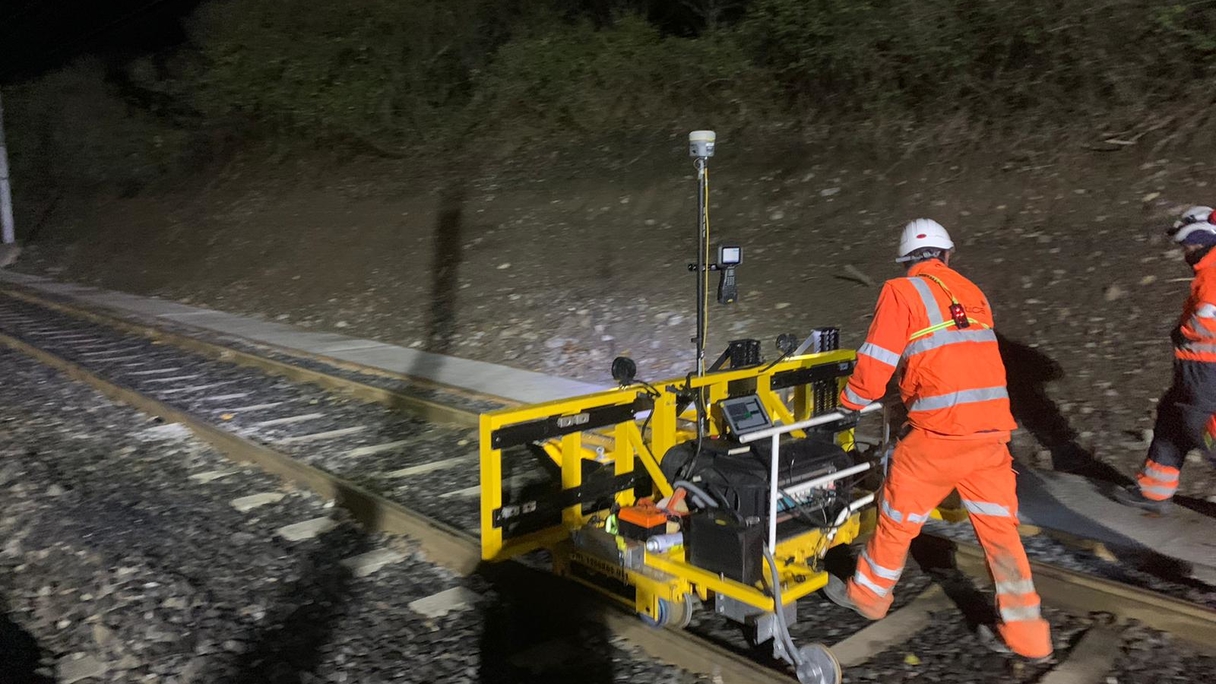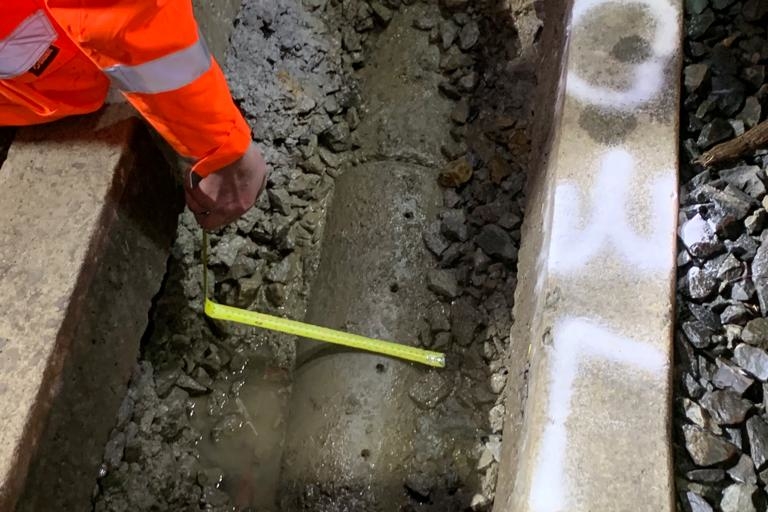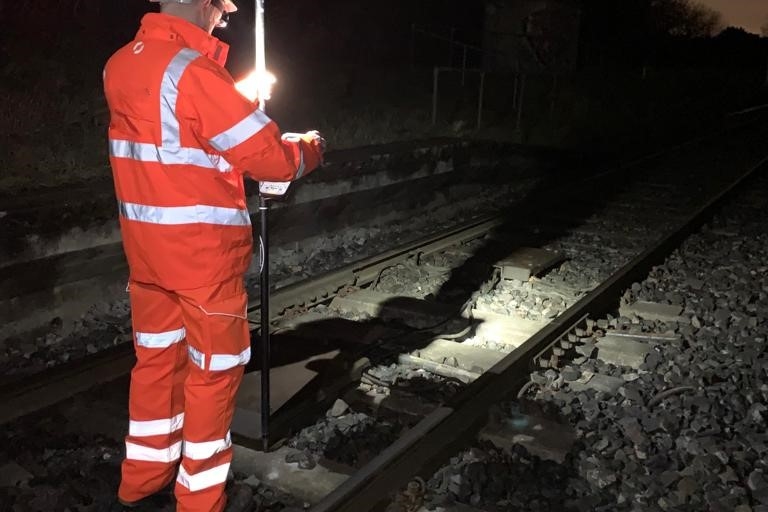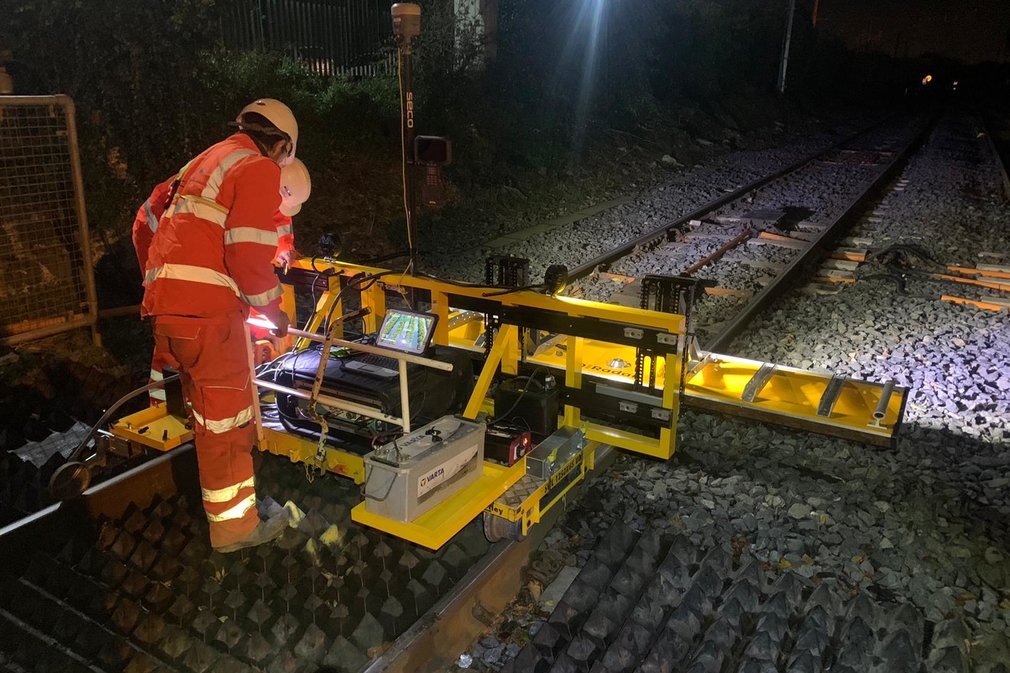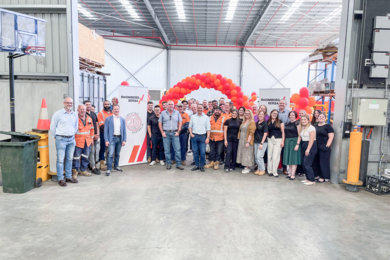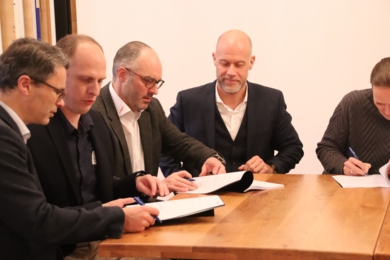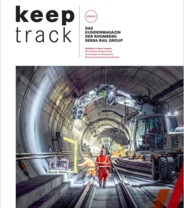Rhomberg Sersa Ireland has teamed up with its client to trial the use of radar and assess whether it boosts productivity on key maintenance shifts.
RSIE operates and maintains On Track Machines (OTMs) on behalf of its client, Iarnród Éireann / Irish Rail (IÉ), and a joint taskforce has already increased productivity on the ballast cleaner by almost 40%.
The joint Continuous Improvement Group (CIG) has now identified additional areas where efficiencies can be delivered, including the reduction of downtime due to unanticipated obstructions under the track during key ballast cleaning shifts.
Four consecutive ballast cleaning shifts are typically carried out across a weekend in order to minimise disruption to the rail network. While the CIG has already increased productivity due to a change in the maintenance productivity method, it was noted that unexpected obstructions buried in the ballast or other issues such as heavy ballast fouling, was leading to significant delays during some shifts. This meant that the full scheduled works were not carried out so a more efficient and cost-effective track bed management strategy was needed.
Ground Penetrating Radar (GPR) is typically used for examining ballast fouling and subgrade condition, scanning 2.5metres below the surface, to understand how the ballast is performing and to catch track geometry defects before they impact train operations.
But the CIG determined that it could potentially be used to scan for obstructions and engaged a third-party provider to conduct tests.
The same technology is used as when examining the subgrade, but a different antenna with higher frequencies is used to find objects at a shallower depth.
The higher frequency delivers a definite image of the ballast and highlights where obstructions are as well as how contaminated the ballast is.
Earlier this year a test site on the IÉ network was identified and Rhomberg Sersa Ireland, the third-party provider and IÉ staff conducted the test scan.
Afterwards, the results were analysed and a report produced. On the test site a number of obstructions were observed, and a team was then sent to the site to find and remove these obstructions. This proved that the GPR correctly identified buried objects which could pose a risk to productivity.
Tests will be carried out at a number of sites in order to refine the process and assessments will be carried out to determine if the GPR delivers a measurable decrease in downtime.
This method is significantly more environmentally friendly than the current working method as it will reduce the amount of machinery idling during the working weekend, as well as ensure targeted excavation rather than sampling ballast beds every 50m. This will have the very positive knock-on effect of being much safer for the teams on the ground.
This targeted, speedy and safer work method ultimately allows for data driven decision making and a higher performing preventative maintenance plan.
This in turn leads to better maintenance outcomes and therefore smoother and quicker passenger journeys on the IÉ network.
